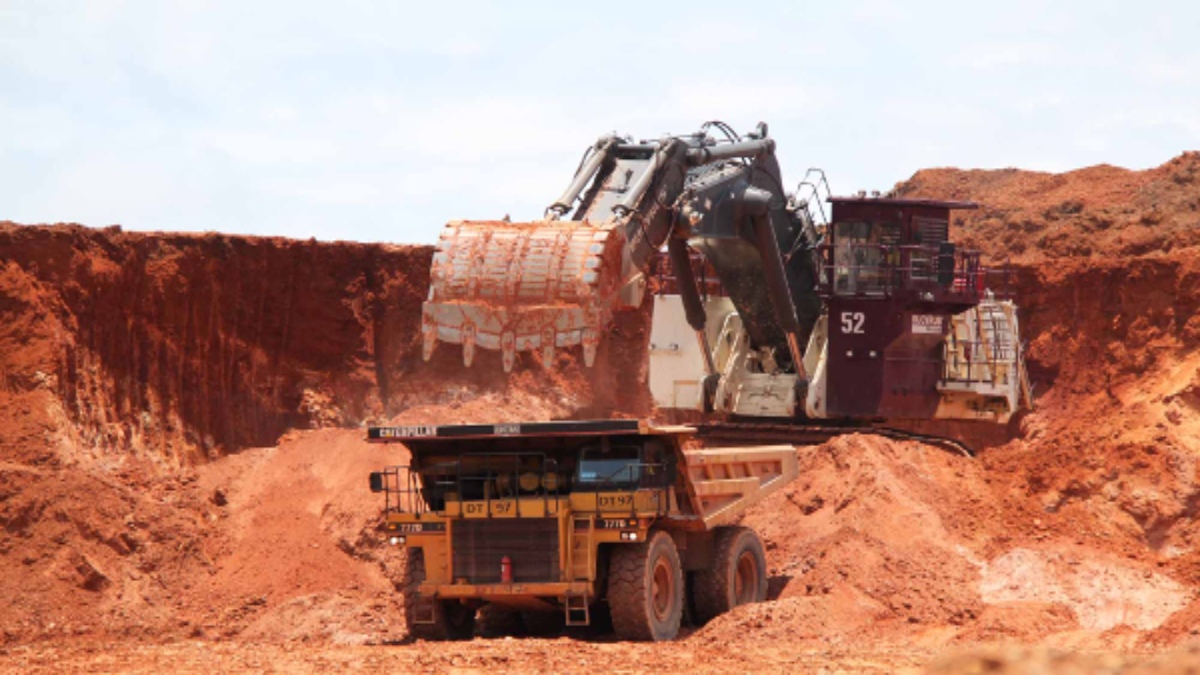When India adopted the New Industrial Policy in 1991, we became a part of the liberalised, globalised, and privatised economic world order, and almost all our sectors opened up to healthy competition, new players, and investments. However, India’s mining sector remained locked and unaffected by the new industrial policy. While the New Industrial Policy eventually reduced the number of industries reserved for the public sector to just two (Atomic energy and Railways), the Mining sector still could neither see the inflow of domestic or foreign investments nor was there significant participation and commercial mining as envisioned by the New Industrial Policy.
The Mines and Minerals Development and Regulation Act (MMDR Act) 1957, which laid down the legal framework for the development and regulation of mines and all minerals, had restrictive mining provisions. The fate of India’s mining sector was unchanged as it remained under the constraints of captive mining and end-use restrictions for decades, with coal blocks allocated on first-cum-first-serve basis.
As a result, despite having the world’s 4th largest reserve for coal, 5th largest for Mica and Bauxite, and 7th largest reserves for Iron Ore and Manganese, we continue to rely majorly on imports to fulfil our needs. Our reliance on import and sub-standard production for decades indicate policy and regulatory failure of those in power.
Our government, under the leadership of Prime Minister Narendra Modi, introduced amendments in the MMDR Act in 2015 and brought the mining industry under a transparent auction regime. Another significant reform brought by the 2015 amendment was establishing the District Mineral Foundation (DMF) for the welfare of mining-affected areas through contributions from the mining leaseholders. With those reformative steps, we did away with the arbitrary allocation of the mineral blocks and introduced a new mining regime that was socially responsible and sustainable. Thus began the series of path-breaking transformations in India’s mining sector. Reform is a continuous process, and for a sector as huge as India’s mining sector, bringing any reform is a process involving many stages, consultations, and considerations. The reforms brought over some time in the last two years were with an aim to accelerate the economic growth and employment generation and combat the adverse impact of the ongoing Covid-19 pandemic.
Based on our experience in the last five years, and suggestions and consultations from multiple stakeholders, our government brought some of the most important structural reforms in the mining sector. Most of the changes brought by amending the Act and corresponding Rules are focused towards ease of doing business in mining. The differentiation between captive and non-captive mines resulted in sub-optimal mining and also created an environmental hazard. The recent mineral reforms have amended the relevant provisions of the MMDR Act to end this distinction. Allowing the lessee to utilise or sell minerals in the open market as per their requirement will help in increasing production and efficiency in the mining industry. Secondly, through these reforms, we aim to free up the unutilised mineral blocks with the government companies, which are non-developed. With this amendment, many mineral blocks will be de-reserved and auctioned by the state governments. Another very significant reform we have brought through the 2021 amendment is ending the legacy issues under section 10(A)(2)(b) of the MMDR Act. This step will place around 500 blocks into the auction regime which are stuck due to pending cases under this section. To become Atmanirbhar in mining, we must bring down our imports and increase our domestic production by bringing substantial improvements in our mining practices and exploration activities.
Our government has repetitively emphasised that our rich mineral wealth forms the backbone of the country, and the core of our industrial, economic, and commercial growth. The global demand for minerals has increased steadily over the last few decades and is likely to grow in response to the exploding demand for the latest technology. Securing the supply of the minerals, to satisfy exponential demand for consumer products, civil engineering, defence, transport, and energy infrastructure among others in a sustainable fashion, has become a major challenge. There is an urgent need to take up exploration in the hitherto unexplored or lesser-explored areas of the country to increase the mineral production in the country for meeting the ever-increasing demand for minerals.
To boost exploration, our government established the National Mineral Exploration Trust in 2015, and taking this step further we have now made NMET into an autonomous body and allowed accredited private agencies to take up exploration activities through the mining reforms brought this year. The functioning of NMET as an autonomous body will bring a significant increase in exploration in India and make the functioning faster and more vibrant. This will help us accomplish our Obvious Geological Potential and meet international standards in exploration. Another very vital amendment under the 2021 mining reforms is the formation of a new group of minerals called Surficial minerals- consisting of Limestone, Iron Ore, Bauxite, and Coal & Lignite. For this set of minerals, the exploration norms have been further rationalised by bringing the requirements down to G3 level for Mining Lease and G4 level for Composite Lease, making the auction regime easier and facilitating more blocks into the auction.
These reforms which are mentioned are just the tip of the revolutionary changes brought by the MMDR (Amendment) Act, 2021 and we are seeing very positive developments already taking place in India’s mining industry and all mineral-rich states. The non-operational mines are already in the process of re-allocation by the concerned states, and the mines with PSUs that have not started production to date are also being auctioned by the state governments. The amendments have facilitated bringing a large number of blocks into auction and we have seen an exemplary performance of the mining sector in the current year. Owing to the continuous efforts of the Central government and cooperation of the state governments, it is a matter of pride that 17 blocks have been auctioned, 27 fresh NITs have been issued, and 103 NITs are in pipeline for the coming months.
Since the beginning of our government under the dynamic leadership of PM Modi, we have always followed the motto of Co-operative federalism and Sabka-Sath, Sabka-Vikas. These reforms are symbolic of the strengthening cooperative federalism between the Centre and the mineral-rich States, which have welcomed the mining reforms with open arms. To address the growing energy needs, and to secure the supply of minerals for the future, India needs to enhance both exploration and production in a sustainable and socially responsible manner. The mining reforms brought by amending the MMDR Act, 1957, the MEMC rules, and Mineral (Auction) Rules are our government’s efforts in this direction. The successful implementation and positive results in auctions we have seen in the past few months is just the beginning of the journey that India is embarking upon with these reforms towards PM Modi’s vision of the Aatmanirbhar Mining Sector and Aatmanirbhar Bharat.
Pralhad Joshi is Union Minister of Coal, Mines & Parliamentary Affairs. The views expressed are personal.




















